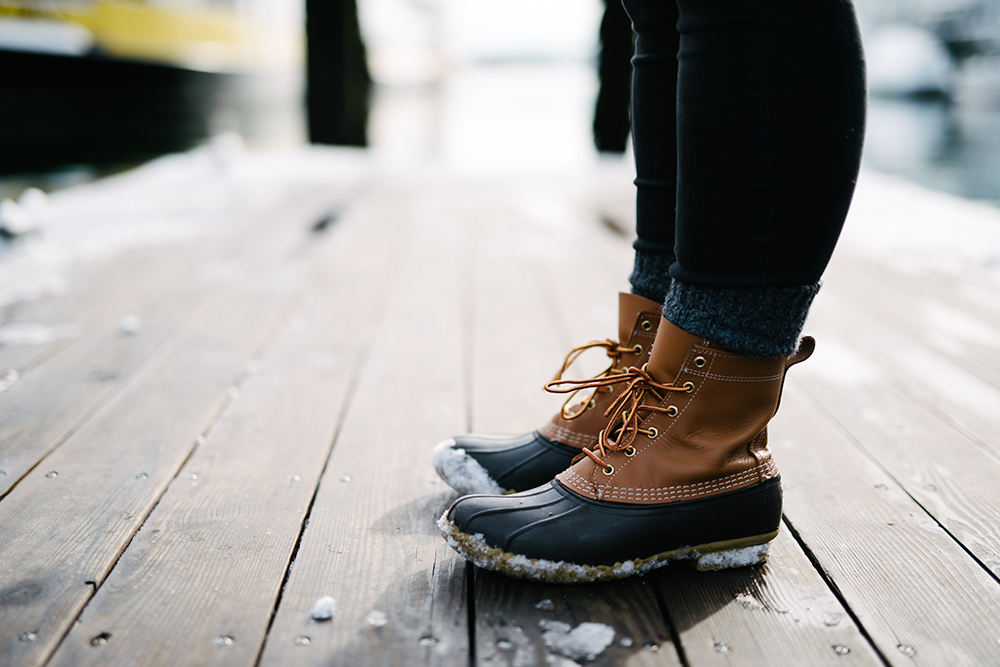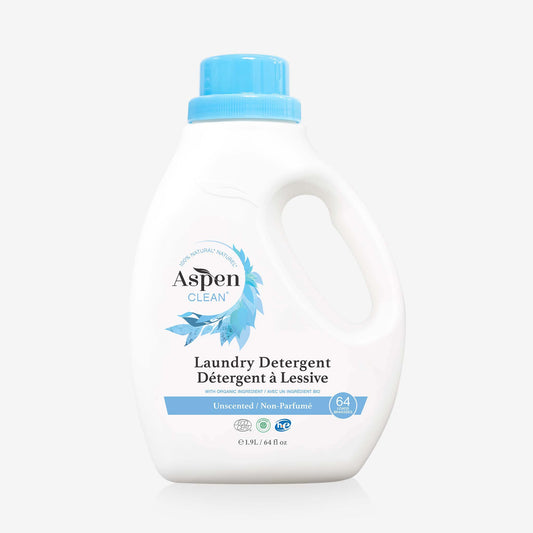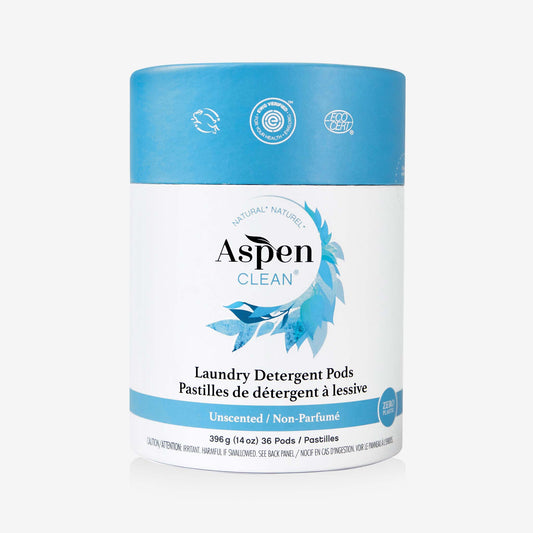We all know that preparation is key for staying safe when it comes to going outside in the snow. But did you know the same principle should apply to snow-proofing the inside of your home?
In winter, the damage snow can do on your floor is understandably overlooked. After all, keeping warm and safe outside is most important. However, it is worth thinking about it as it often can be challenging to undo.
The effects of snow on your floors
The main issue with bringing snow inside is what it carries with it. It’s likely that any snow stuck to your shoes is mixed with road salt. Road salt, or rock salt, is spread on pathways and roads to melt ice. It helps reduce slip and keeps us safe, but the corrosive nature of road salt means that it can harm your floors. Indeed, road salt can wear down flooring finishes, particularly hardwood floors.
Constant exposure to salts can even wear away waterproof layers of laminate floors. It makes your surfaces more susceptible to stains and moisture damage (if mold was to happen, you are giving you homemade methods to kill it naturally).

Linoleum, while itself resistant to water damage, can also be affected by snow. If water permeates its edges and divisions, the subflooring absorbs it. As a consequence, the subflooring becomes more and more degraded, and the structural integrity of the floor weakens.
Finally, tile, like linoleum, is water resistant. It has the advantage of allowing water to evaporate if it penetrates the tile surface. Unfortunately, it isn’t an exact science, and if there is water continuously, it wouldn’t have the time to evaporate, and it could damage the wood underneath.
Therefore, if you start to notice a white residue on your floor, this is likely to be road salt. Here is what to do about it.
Ways to keep snow out of your home
We’ve touted the benefits of doormats as preventive measures for limiting cleaning time. But doormats are also the best way to minimize damage caused by snow inside your home.
A rugged outdoor mat that will hold up to the elements is necessary for scraping excess snow from your footwear. Something that is textured and features a brushy design will work well to dislodge debris stuck in the shoe tread.

On the inside, a fine fabric doormat should be used to wipe up smaller bits of dirt and absorb moisture. Be sure to keep an eye on how soaked the mat gets and swap it before it gets so damp that it causes damage to the floor underneath it.
Encourage people to take their shoes off and leave them by the front door. During winter it is also a good idea to keep a boot tray in your entryway that can catch any melted snow. This way you can shake off the tray or pour out the water rather than having to mop.
How to protect floors from snow
Even the best prevention won’t guarantee you a snow-free interior. When it happens, the best thing to do is to clean it up right away. If you let the puddles air-dry, you’ll be leaving your floors exposed to the corrosive agents longer.
Before you wipe up the mess, make sure to pick up any big pieces of snow and dirt. You don’t want to inadvertently scratch your floors with anything lodged in a piece of ice. Next, use a high-absorbing cloth such as a microfiber cloth to wipe up the moisture. Microfiber is made of very fine fibres that trap debris (like salt) rather than spreading it around. Continue to wipe until your floor is dry. Hardwood flooring (for example) is a long-term investment, remember to sweep the high-traffic areas daily.
Finish with a quick spray and wipe of floor cleaner to ensure that any dirt or grime left behind doesn’t stain. Using natural, chemical-free cleaners are even more important for winter indoor air quality as we shut our homes up from the elements. It is especially crucial to use non-toxic products on the floor if you have any small children or pets at the home.
You now know how to keep your floors to be damaged by snow. Of course, the key is to always be careful as well. If you liked those tips and are looking to find other ones, check out our blog for regular updates.





